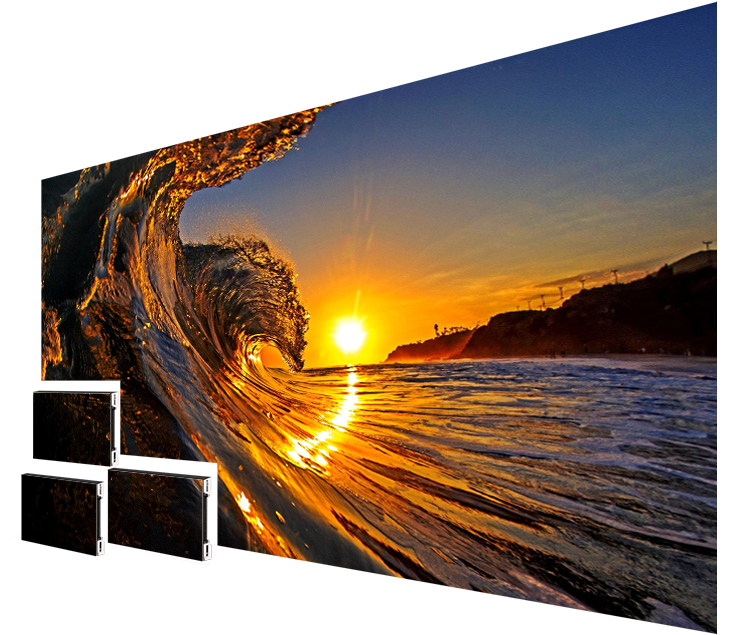Understanding the Impact of Luminance Contrast Levels on Perceptual Clarity and User Response
Wiki Article
Contrast proportions are an important principle in graphic composition and human perception. They refer to the difference in luminance between the lightest and deepest parts of a visual interface. A greater contrast ratio means that there is a greater disparity between light and dim areas, which can significantly influence how easily we see visuals, text, and other visual elements. This is particularly crucial when considering how individuals with varied sight abilities interpret data. Comprehending contrast ratios helps designers create more effective displays, whether for websites, advertisements, or educational materials.

The significance of brightness levels can be seen in various applications, such as televisions, computer screens, and mobile devices. In these technologies, a elevated contrast level enables sharper visuals and more legible content. For instance, when watching a film or engaging in video games, high contrast can enhance the user experience by rendering elements more visible. This is also applicable for reading text on displays; a strong contrast between the text hue and background color can prevent visual fatigue and enhance readability. As people engage with online media daily, creators must emphasize optimal contrast ratios to promote ease and legibility.
Different populations may perceive visual contrast levels in distinct ways. For individuals with visual impairments, such as color vision deficiency or reduced vision, sufficient contrast is vital for understanding content displayed graphically. Content creators must consider these variations when developing materials. Resources like color contrast checkers can help assess whether the chosen hues offer enough separation for all viewers. By maintaining proper contrast ratios, designers not go now only make their work inclusive but also reflect universal design in their creations.
In relation to accessibility considerations, contrast ratios serve a key role in visual design quality and overall UX. A well-designed layout applies color combinations that not only draw focus but also guide users through information effectively. For example, highlighting important controls or elements with distinct hues helps users navigate easily. When users find it easy to distinguish between different elements on a display, they are more likely to engage with the content and complete tasks effectively.
Ultimately, as digital innovation continues to advance, the relevance of comprehending visual contrast principles remains critical. Advancements in screen technology offer opportunities for even better visual clarity. However, without careful consideration of how contrast affects user interpretation, developments may not achieve their click here now full effectiveness. Visual professionals and technologists must remain updated about standards concerning visual contrast to ensure that their work remains effective and user-friendly across various systems and screens. By emphasizing these guidelines, they can improve communication and build a more accessible online environment.